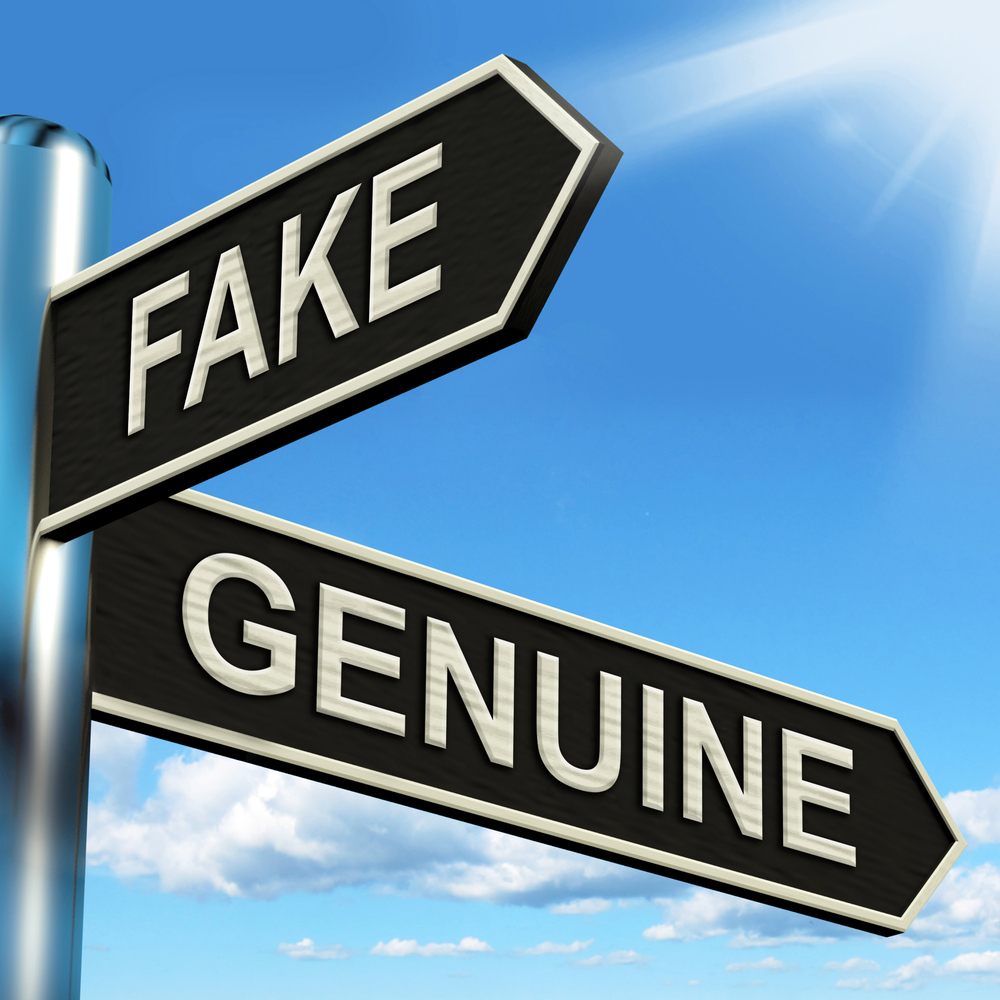
In a sense, both meanings of counterfeit and substandard medicines are the same in medical definitions. By the term itself, substandard products are not able to meet the level set by the authorities and are often results of human error, negligence, insufficient finances and/or counterfeiting.
The existence of these fraudulent acts is overwhelming that the World Health Organization (WHO) has formed an alliance with legitimate global partners to defeat its increasing numbers. With private organizations, non-profit organizations, public and government institutions and concerned individuals, different awareness campaigns are continuous and active operations are underway.
According to reports gathered by The Peterson Group, a non-profit organization with the same agenda, the existence of drug counterfeiting has already been prevalent in the late 1980s until it became viral and widespread with the adaption of technological advancement. Online pharmacies became the venue for more illegal deeds. Those rejected by legitimate pharmacies are being sneaked out of factories and copied, manufactured in tons of doses with ingredients already replaced by lethal ingredients. Substandard medicines became rampant and millions of people are victimized.
As easier access to the internet comes to its peak, orders were made online and deliveries with a different or no return address became the one of the primary strategies of scammers and they do it with ease.
Because of the lack of enforcement and attention, it took time for institutions to acknowledge this issue as one of the most serious conflict to be taken account of. The efficacy of imported medicines and locally manufactured drugs circulating within developing cities are not guaranteed. The black markets of Bangkok, Thailand, Jakarta, Indonesia and the suburbs of Tokyo, Japan became the haven of these fraudsters, selling behind the shadows of authorities.
Subsequently, smuggling and illegal importation of drugs are often rife. Substandard and counterfeit drugs are then not only sold in these countries but also exported or re-exported.
The situation is worsened by the fact that medicines exported from many industrialized countries are not regulated to the same level as those domestically consumed, while export of drugs to developing countries via free trade zones is increasing. Relabeling of products to mask details of their origin is also known to occur.
Hopefully, both the government and the private organizations and pharmaceuticals find a way to cross the border of limitation and laws to create standards against counterfeit medicines. WHO has already made its mark, so is the FDA. When are we going to start fighting against the trade of substandard medicines and counterfeited drugs?




